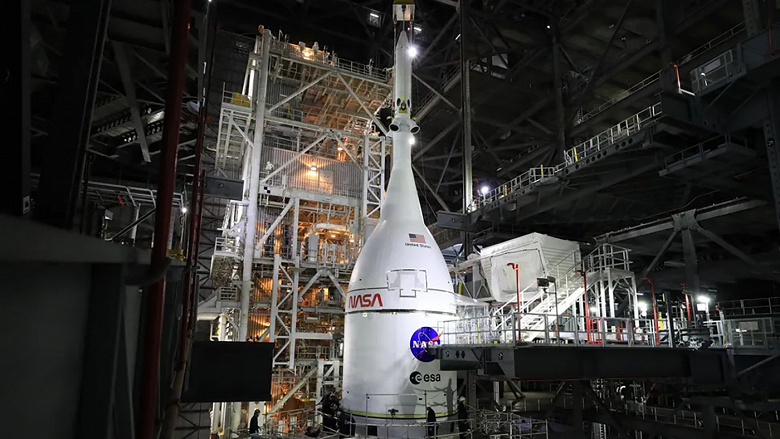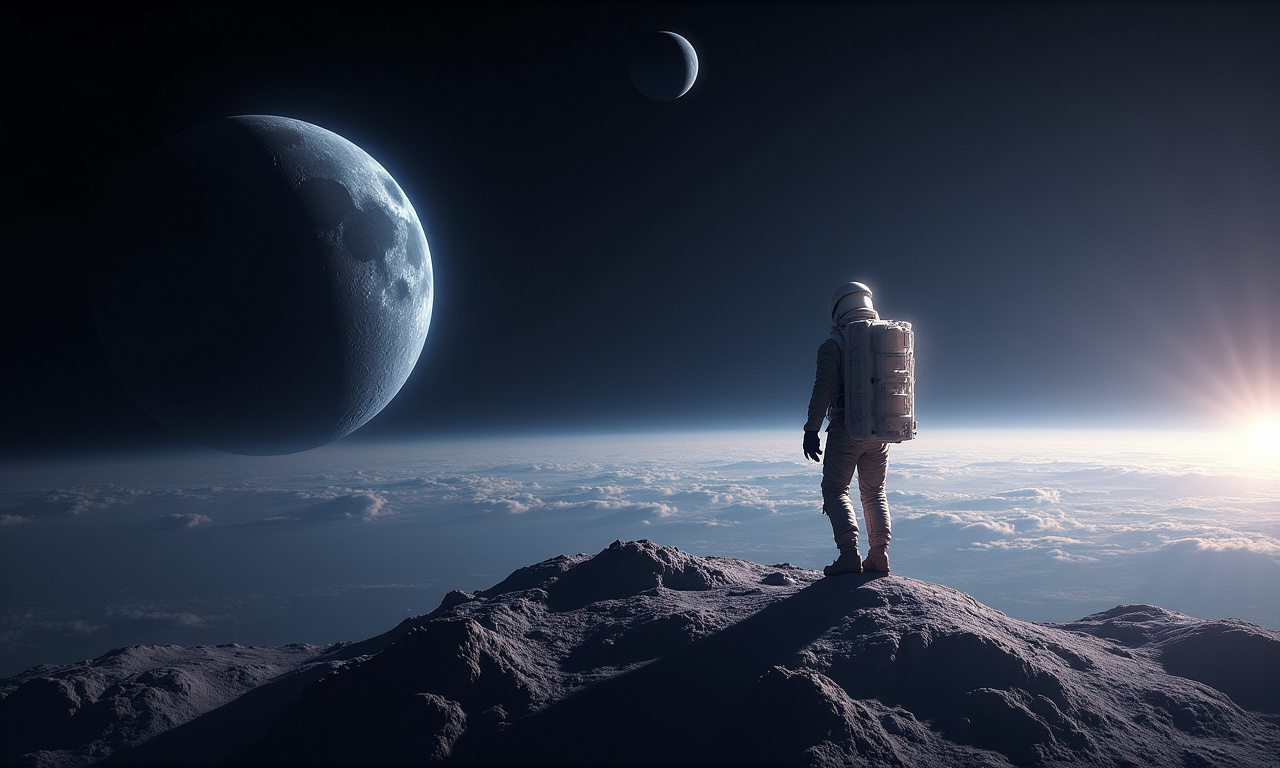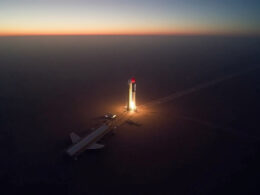NASA has completed one of the crucial stages in preparing for the return of humans to the Moon: the Exploration Ground Systems team has successfully lifted and mounted the Orion spacecraft onto the Space Launch System (SLS) rocket. Essentially, the rocket for the Artemis 2 mission is now fully assembled.  Photo: NASA/Kim Shiflett
Photo: NASA/Kim Shiflett
Artemis 2 is set to be the first manned lunar expedition since the Apollo 17 mission in 1972. Although no landing is planned, the flight is critically important-it must confirm the operability of the SLS rocket, the Orion spacecraft, life support systems, and deep space operational procedures with a crew on board. Orion will loop around the Moon and return to Earth using a gravity assist maneuver.
During the approximately 10-day flight, the crew will conduct tests of life support systems, maneuverability, communication, and other key subsystems necessary for future lunar landings. Notably, NASA recently upgraded the life support systems to enhance reliability and efficiency, ensuring a safer environment for astronauts.
While onboard Artemis 2, the Orion spacecraft will function both as a spacecraft and a living module. It is equipped with modern navigation systems, radiation protection, advanced electronics, and life support technologies capable of sustaining the crew in deep space conditions. Its heat shield-the largest ever created for a manned spacecraft-will protect the crew as they re-enter the atmosphere at nearly 40,000 km/h (24,855 mph).
NASA plans to follow Artemis 2 with Artemis 3, aimed at landing astronauts on the lunar surface by the mid-2020s. This timeline underscores the urgency and determination driving NASA’s efforts to reestablish a human presence on the Moon, marking significant steps toward long-term lunar exploration and potential Mars missions.









